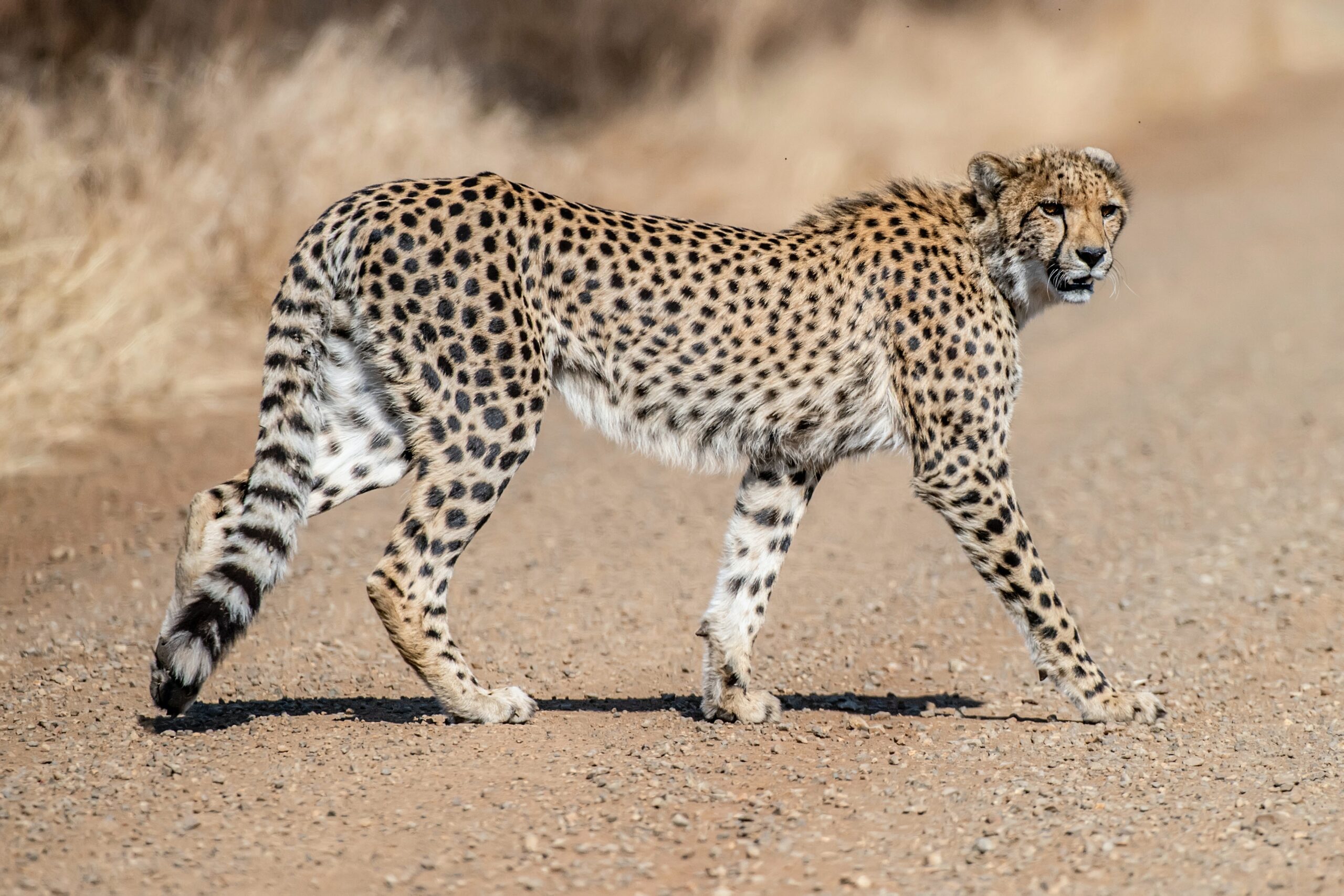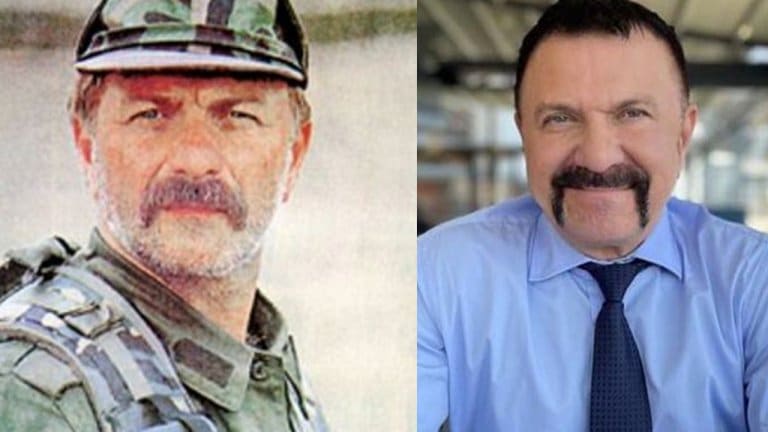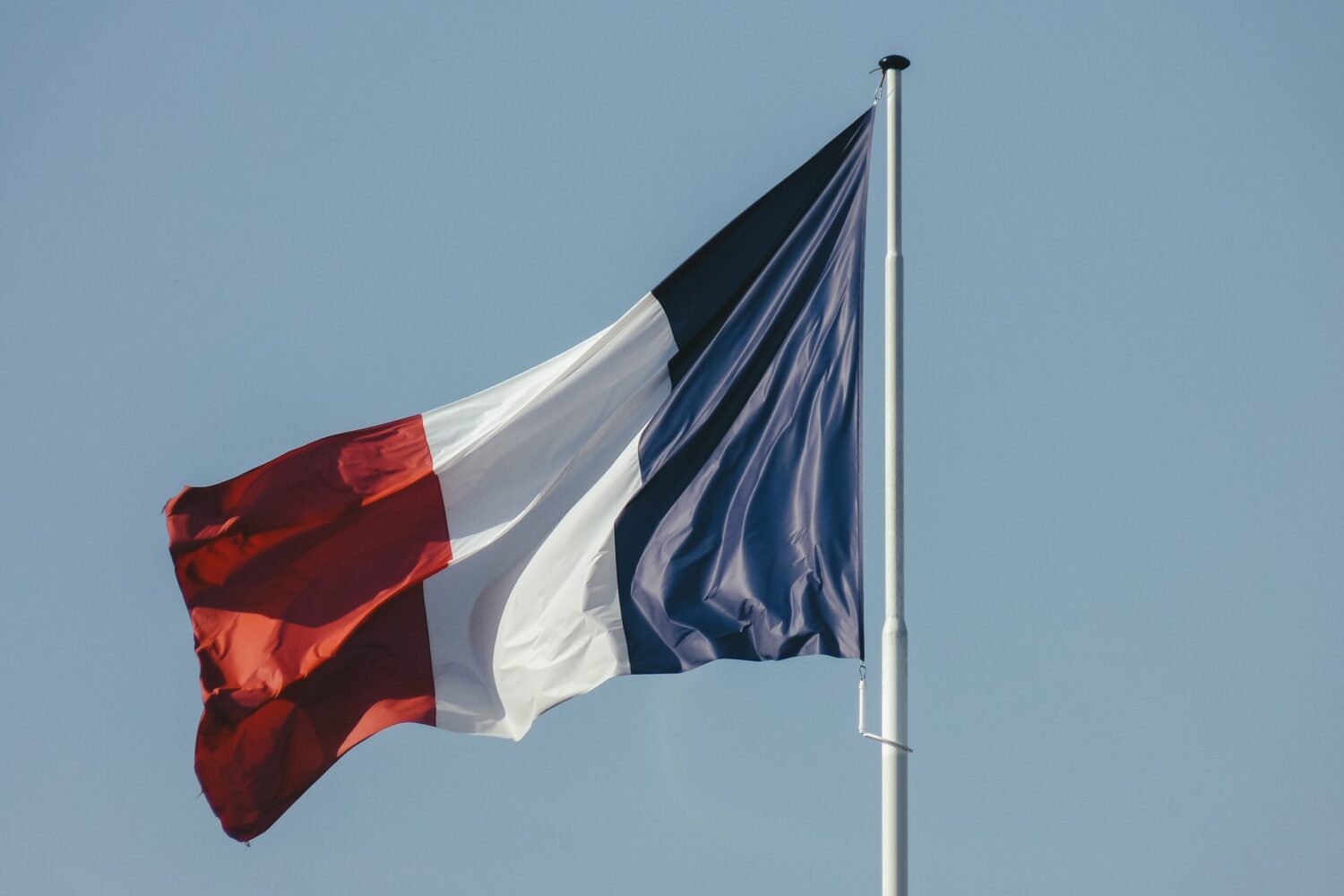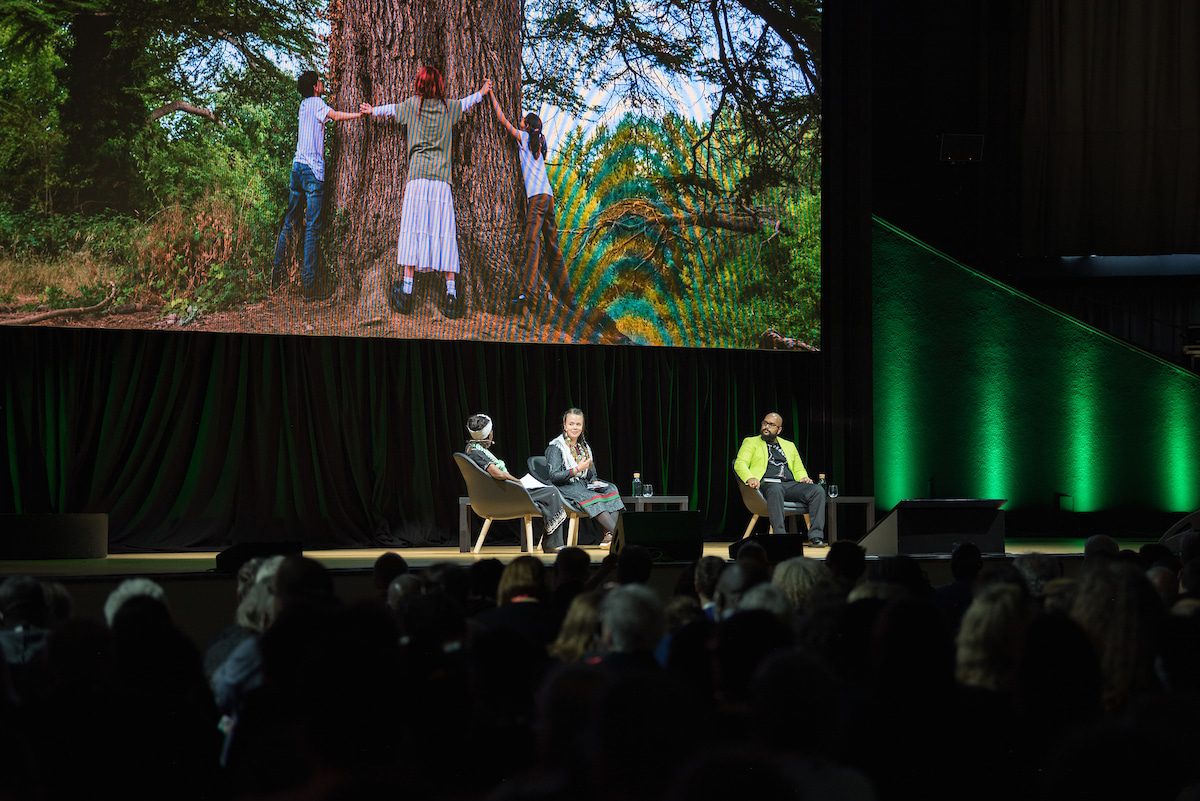Mammals can do amazing things! This list will answer your questions about flying, poisonous, really fast, and smelly.
What is a mammal?
Mammals are a class of animals. They have certain traits that distinguish them from animals in other classes, such as fish, reptiles, and amphibians. All mammals share two characteristics: they all feed their young with milk from mammary glands, and they all have hair. Almost all are warm-blooded, meaning they keep the inside of their body at a constant temperature. They do this by generating their own heat when in a cooler environment and by cooling themselves when in a hotter environment. Unlike reptiles that sit in the sunlight to regulate their body temperature, mammals wake up and are ready to go! In general, mammals spend much more time rearing and training their young than other animals. Some examples of mammals include apes, bats, lions, mice, moose, aardvarks, beavers, elephants, gorillas, pandas, hamsters, dogs, cats, horses, whales, and dolphins. Humans, like primates, are also mammals.
There are three types of mammals: placental mammals, monocots, and marsupials. Placental mammals are those whose young are born alive and at a relatively advanced stage. Before birth, the young are fed through the placenta, which is a specialized embryonic organ that is attached to the mother’s uterus and supplies oxygen and nutrients to the growing young. Most mammals are placental, including cats, dogs, horses, and humans. Monopods are egg-laying mammals. These include the echidna (spiny anteaters) and the platypus. Marsupials give birth to their young in an immature state and most female marsupials have pouches in which to carry and nurse their young. Some marsupials include the koala, kangaroo, and numbat. Some mammals, such as cows, horses and pandas, are herbivores (herbivores). Others, including tigers, lions, and whales, are carnivores (meat eaters). Other mammals, including bears, eat a combination of plants and meat (omnivores).
Which mammals fly?
There is only one mammal that flies: the bat. Most bats are nocturnal, meaning they sleep during the day and are most active at dawn, dusk, or at night. During the day, bats sleep by hanging upside down in groups called roosts. Most bats, called microbats, eat flying insects, such as moths and flies, but others eat small mammals, including mice. Some insectivorous bats may land on the ground and chase insects that inhabit leaf litter or dirt. One of these bats, the pallid bat, feeds on scorpions and large centipedes. Others eat fish or feed on the blood of cattle. The largest bats are the megabats, which feed mainly on fruit.
Which mammal is the fastest?
The cheetah can run at speeds of up to 70 miles (110 kilometers) per hour, making it the fastest mammal in the world. Cheetahs accelerate from 0 to 45 miles (72 kilometers) per hour in just two seconds, reaching their top speed of 300 yards (274 meters). Its body parts are built for speed: large nostrils, lungs, liver, heart and adrenal glands give the cheetah the ability to react to its environment and pursue prey. Its long, thin body is flexible and twists like a whip when it needs to make huge bursts of acceleration – usually to chase an antelope or escape the jaws of a pack of hyenas. Special paw pads and non-retractable claws provide traction when sprinting. The cheetah lives in the open savannahs of southwest Asia and Africa, where it has plenty of room to run, roam, and hunt its prey. Mother cheetahs spend a lot of time teaching their cubs how to hunt game. Mothers carry small, live antelopes – such as gazelles or impalas – to the cubs and release them for them to chase and catch. The cheetah usually hunts during the day, preferring early morning or early evening, but is also active on moonlit nights. Cheetahs communicate by purring, hissing, whimpering and growling.
Which mammal is the slowest?
The sloth is the slowest mammal on Earth. It spends most of its time alone, hanging on tree branches, where it eats shoots and leaves, sleeps (up to 15 hours a day!), mates and gives birth. The sloth clings to tree branches with strong, curved claws on each of its four legs. It is a nocturnal creature that moves slowly, sometimes foraging for insects. Sloths have a short, flat head, large eyes, short snout, short tail, long legs, and small ears. They live in Central and South America.
Are there poisonous mammals?
First, let’s be clear that the word poisonous refers to organisms that release toxins when you eat them, while poisonous refers to organisms that inject toxins into you when they bite you, for example. So we’ll assume you’re actually asking about venomous mammals. Venomous mammals produce—you guessed it! — poison, a toxic chemical in its saliva. They use their venom to kill prey or protect themselves from predators. These include the male platypus, several species of earthworms, and solenodon, a nocturnal burrowing animal that resembles a large earthworm. Venomous mammals are rare. (There are many more species of venomous reptiles such as snakes and amphibians.)
Which mammal spends the most time sleeping?
The Western European hedgehog spends most of its life sleeping. It builds a nest of grass and leaves among tree roots or under a bush and spends about 18 hours a day during the summer months. It wakes up at night to feed, sniffing out worms, insects, snails and snakes for its dinner. During the winter months, it hibernates. When sleeping or sensing danger, the hedgehog curls up into a tight spiny ball for protection. Related creatures, including sloths, armadillos and possums, sleep almost as long as hedgehogs – clocking up to 17 hours each day! Other animals that sleep a lot are sleepy cats (about 17 hours), koalas (about 15 hours) and all types of cats, including domestic cats.
Which mammal is the stinkiest?
If you’ve ever been to a zoo, you might think that some of the big animals, like elephants and bears, are the stinkiest. But the title of stinkiest mammal goes to one of the smaller mammals, the striped skunk. This black and white creature sprays a foul-smelling, musky liquid as a defense against predators. Most wild skunks only spray when hurt or attacked as a defense mechanism. Their scent is made up of a chemical that can be released from one or both of their anal glands. They can aim their glands at a target up to 15 feet (4.5 meters) away with great accuracy, but, luckily for us humans, they tend to give a bit of advance warning: to signal that they’re angry or scared, they often snap their front legs, knead the ground like a cat, and hold their tail erect.
Photo by Frans van Heerden:














